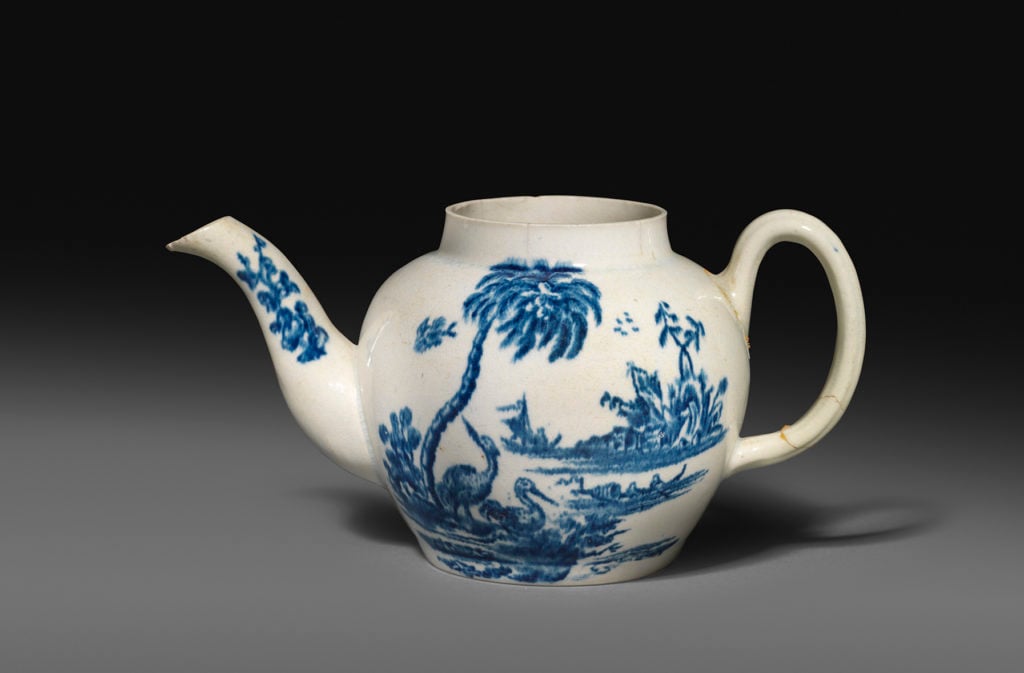Auctions
An Antiques Collector Bought This Teapot for $20—Then Sold It to the Met for $520,000
The eagle-eyed antiques enthusiast made a fortune.

The eagle-eyed antiques enthusiast made a fortune.

Henri Neuendorf

An eagle-eyed antiques enthusiast made a killing when a rare early American teapot bought for only £15 ($20) at an antiques fair in the British midlands was sold at auction on Wednesday to New York’s Metropolitan Museum of Art for a staggering £460,000 ($520,000).
Tamzin Corbett of auctioneers Woollery & Wallis in Salisbury, Southern England, said the consignor was unaware of the vessel’s value when he discovered it at the local fair. “He thought it was something that may possibly be sellable at auction,” she explained. “It’s only when he brought it to our specialist at Woolley & Wallis and she conducted further research on it that its value came to light.”
In the salesroom, London dealer Rod Jellicoe, who was bidding on behalf of the Met, fended off a persistent American private collector on the phone as the price reached stratospheric heights. When the hammer finally came down, the price had reached 23 times its pre-sale high estimate of £20,000 ($28,000).
Corbett explained that the teapot was made by the John Bartlam porcelain factory—the first known American porcelain manufacturer—in Cain Hoy, South Carolina, in the 1760s. Although the vessel’s handle shows signs of repair and its lid is missing, Corbett noted that it’s “only the seventh known piece from this pottery that’s been discovered and although it’s not whole, it is still recognizable as an object.”
Explaining the huge price tag, Jellicoe told artnet News that the vessel has an important link to early American history that made it particularly desirable to American collectors and institutions. “Just before the Revolutionary War, there was a non-importation agreement in place because the colonies didn’t want to import anything from England,” he explained. “And, of course, if they could make their own porcelain, they didn’t need to import it from England, so it was a way of being independent from the British.” As a result, he said, “There was great interest in the piece because it’s so rare, and the Americans thought it shouldn’t be over here [in England].”